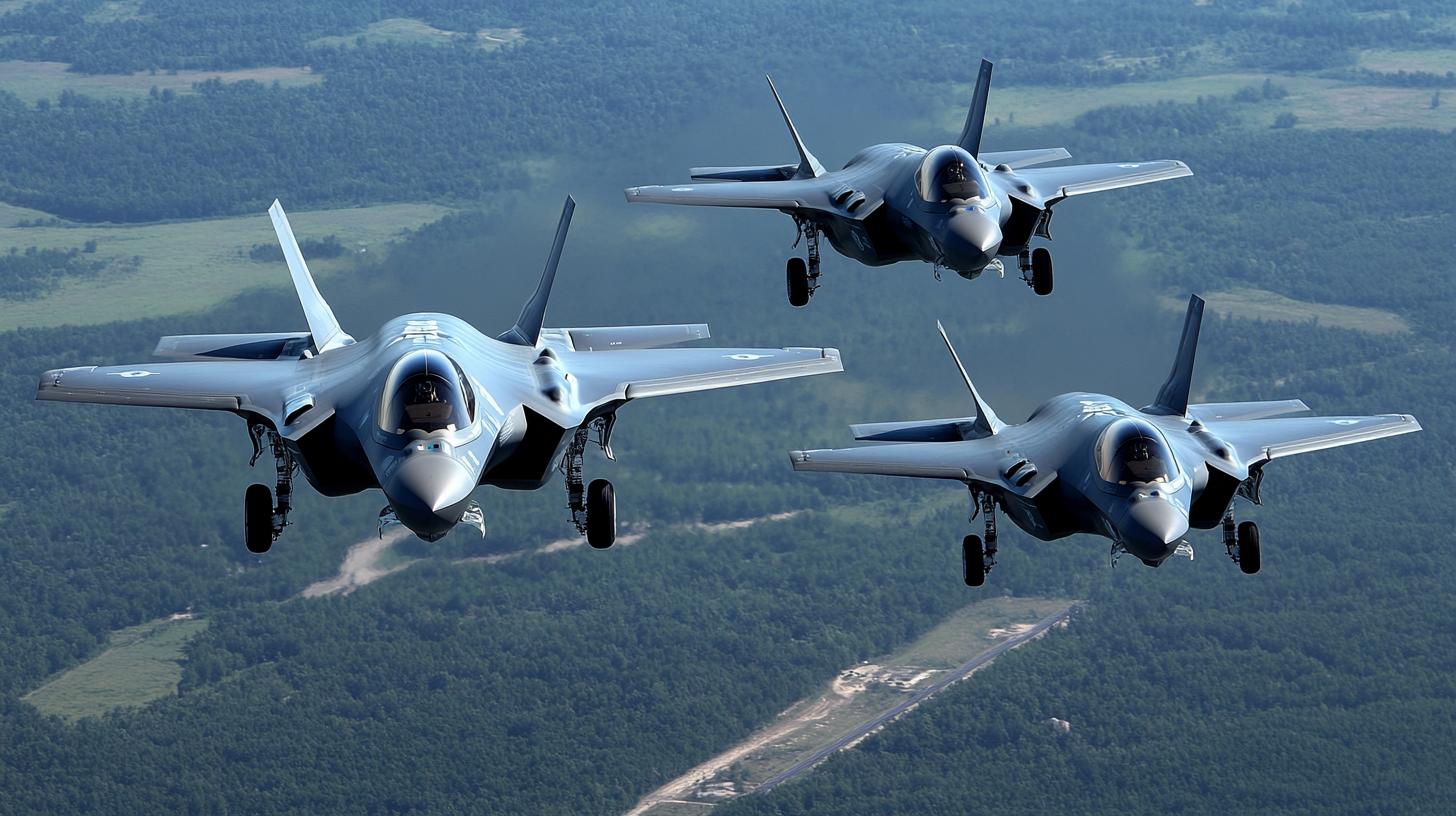Washington, D.C. – A Pentagon report has unveiled unsettling insights into America’s costliest weapon system, the F-35 fighter jet program. Despite being in development for nearly two decades, unresolved issues continue to plague the aircraft. The report indicated that these problems have led to substantial setbacks in operational reliability, weapon accuracy, and cybersecurity defenses.
The analysis, compiled by the Director of Operational Test and Evaluation, highlighted that the reliability and availability of the F-35 fleet did not meet expectations. These findings came to light thanks to a Freedom of Information Act request, and the watchdog group Project on Government Oversight (POGO) plans to release them publicly.
Greg Williams, a spokesperson from POGO, suggested that the new administration would likely demand a comprehensive examination of the unredacted report. He noted that despite flying for nearly 18 years, the F-35 still struggles with maintenance issues, especially its stealth coating and weaponry functionality.
The Heritage Foundation’s Project 2025 has called for increasing the production of F-35A jets, emphasizing continuous availability challenges due to incomplete repairs and part shortages. Despite these issues, the Pentagon announced a full-rate production continuation, signaling commitment but raising questions about preparedness.
Lockheed Martin, the primary contractor, touted its ongoing improvements and investments to meet contractual reliability targets. However, the report disclosed critical issues, such as the automatic fault detection system generating frequent false alarms.
The Pentagon estimates the F-35 program’s lifecycle cost to exceed $1.8 trillion, sparking scrutiny over its value and effectiveness. Amidst these challenges, stakeholders remain hopeful for future enhancements and solutions.
The Hidden Truths of the F-35 Program: Unveiling the Future of Aviation Technology
The continual operational challenges faced by the F-35 fighter jet program, America’s most expensive weapon system, pose intriguing questions about the future of military aviation technology and humanity’s broader technological innovations. Beyond the headline issues of operational reliability, weapon accuracy, and cybersecurity defenses, other less-discussed details are equally consequential in shaping the future.
Intriguing Facts and Controversial Insights
Despite persistent setbacks, the F-35 remains at the cutting edge of aviation technology. It embodies advancements in stealth, sensor fusion, and network-centric warfare capabilities. However, a less publicized aspect is how these sophisticated features also make it vulnerable. The aircraft’s advanced systems rely heavily on complex software, which accounts for over 8 million lines of code. This complexity can introduce potential cybersecurity risks, opening avenues for exploitation.
One area that has drawn less attention is the F-35’s logistics support system, known as the Autonomic Logistics Information System (ALIS), which has been fraught with difficulties. The system intended to streamline maintenance and parts logistics often suffers from inaccuracies and operational hiccups that contribute to the aircraft’s limited availability.
Impact on Humanity and Technological Development
The ongoing challenges with the F-35 are a reflection of broader themes in technological progression. They highlight the tension between increasing complexity in modern technologies and the difficulty of ensuring reliability and usability. As technologies become more sophisticated, the margin for error decreases, and small faults can lead to significant operational impacts.
The F-35’s struggles underscore the importance of robust testing and verification in software development, especially in mission-critical systems. This has implications beyond the military, influencing sectors like autonomous vehicles and commercial aviation. Improved approaches to software assurance and fault tolerance are vital for future technological reliability.
Advantages and Disadvantages: Weighing the Options
There are undeniable advantages to investing in the F-35 program. It has positioned the U.S. as a leader in next-generation fighter technology and has fostered international partnerships with allied nations who are also investing billions in the program.
Yet, the disadvantages are substantial. The high costs, ongoing maintenance issues, and operational hurdles invite skepticism about its long-term viability and return on investment. The pressure to maintain competitive technological edge without compromising on reliability and security represents a formidable challenge.
Exploring the Broader Implications
As the Pentagon presses forward with full-rate production, the question remains: Is the relentless pursuit of technological superiority worth the financial and operational risks? How can lessons learned from the F-35 program inform the development of future weapon systems and civilian technological advancements?
Suggested Links
For further information and insights, you may visit these credible sources:
– Project on Government Oversight
– The Heritage Foundation
– Lockheed Martin
The F-35 program’s complexities illustrate the evolving nature of modern warfare and technological development, serving as both a cautionary tale and a guidepost for future innovations.







